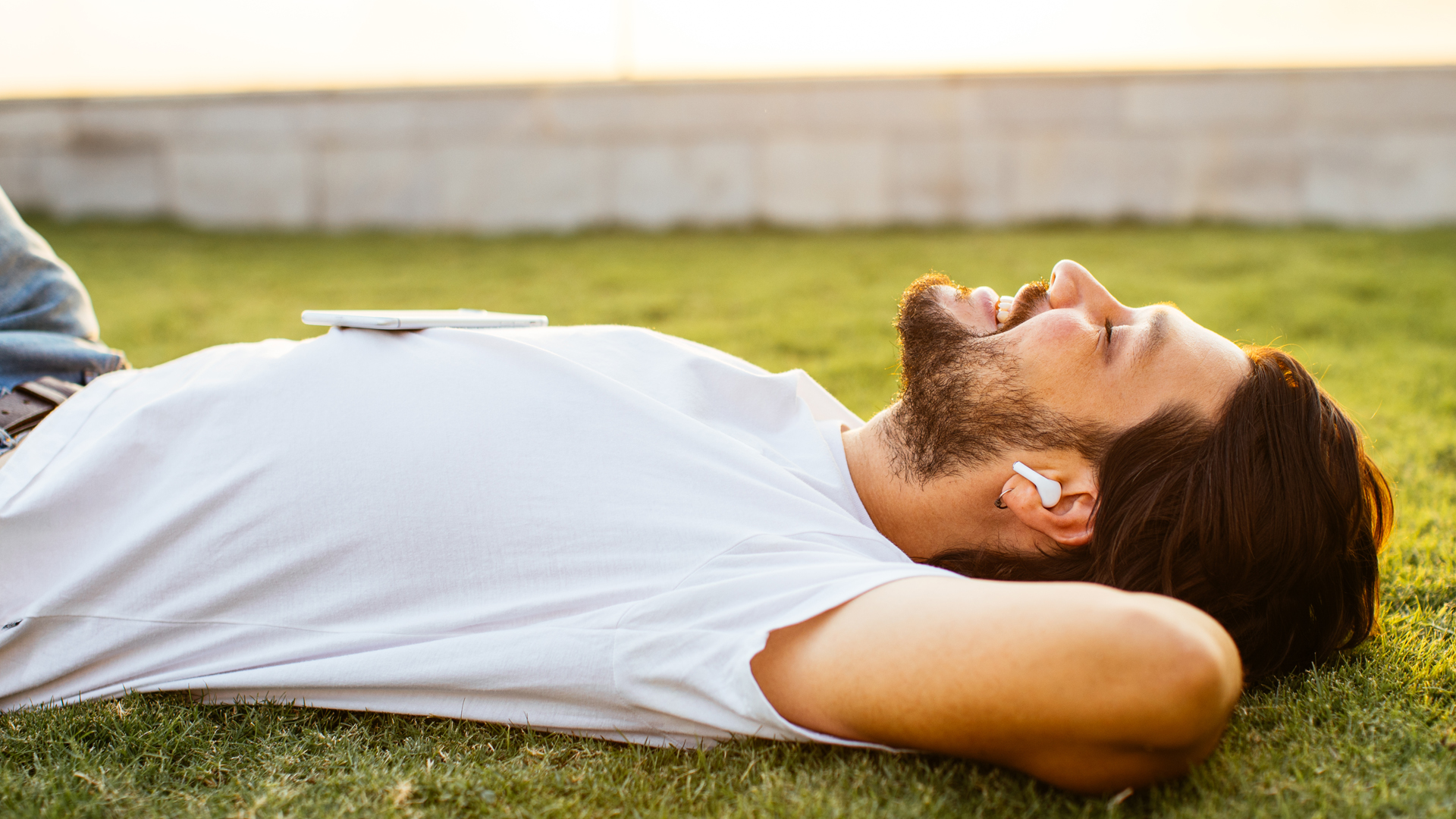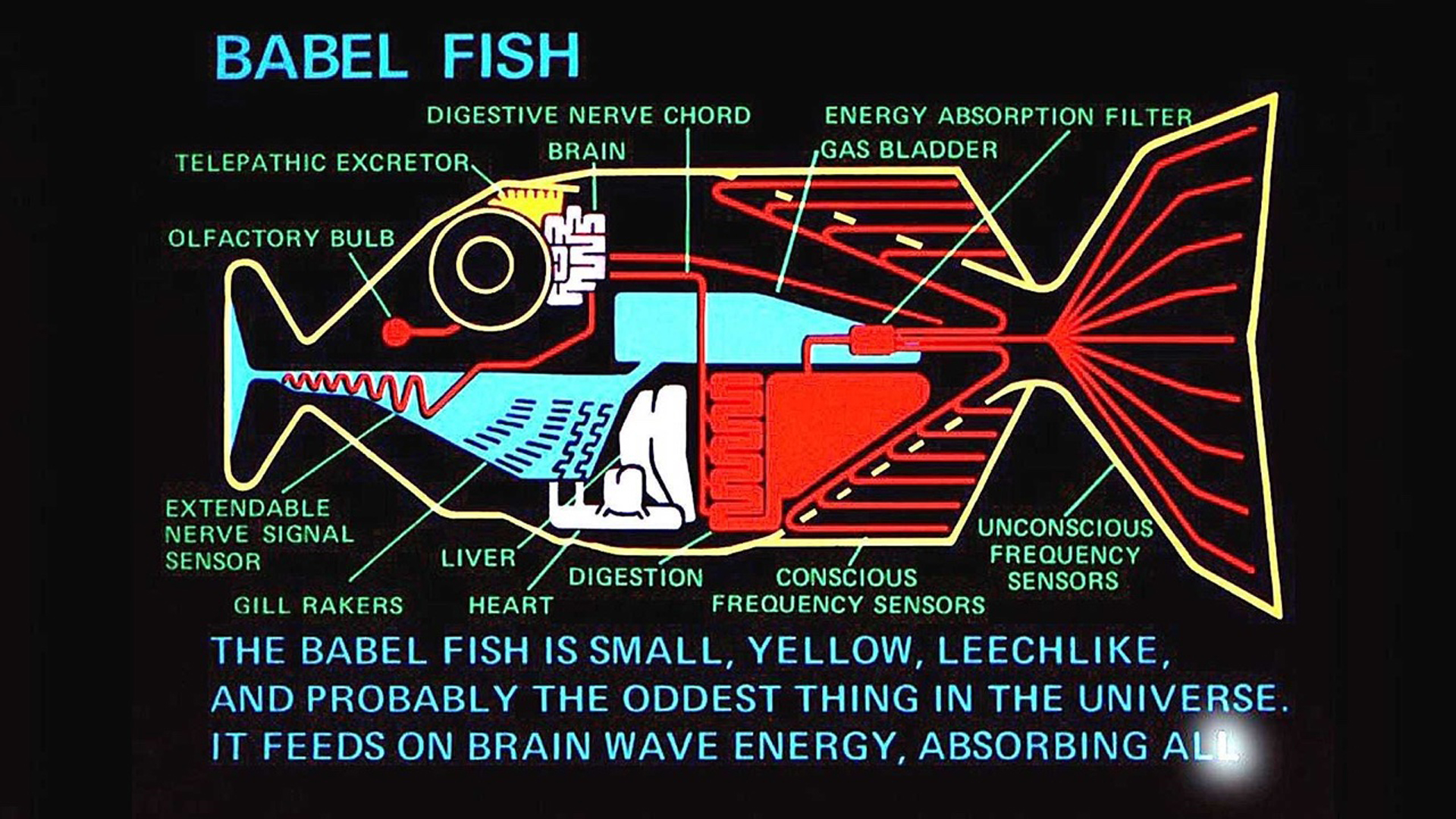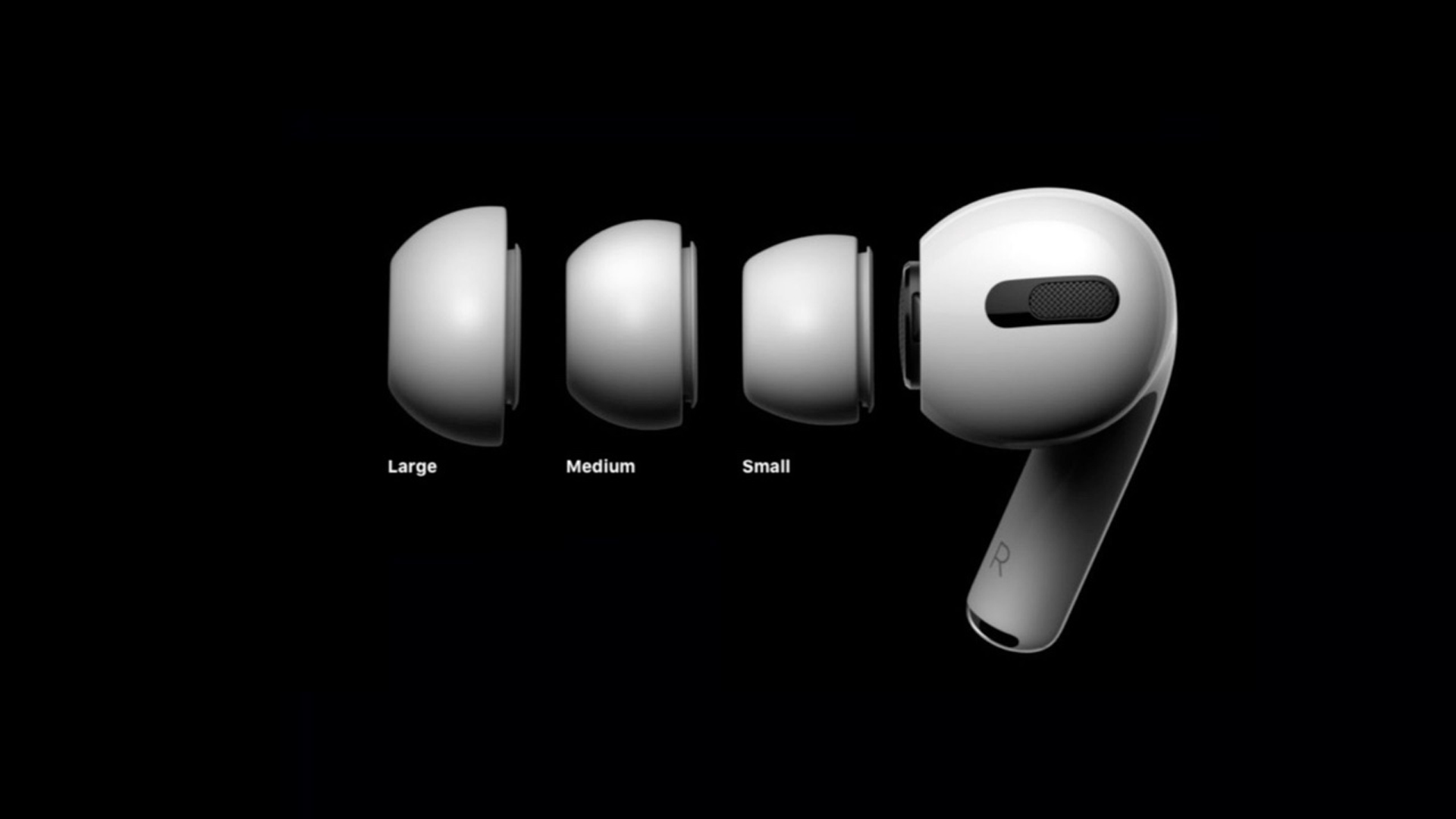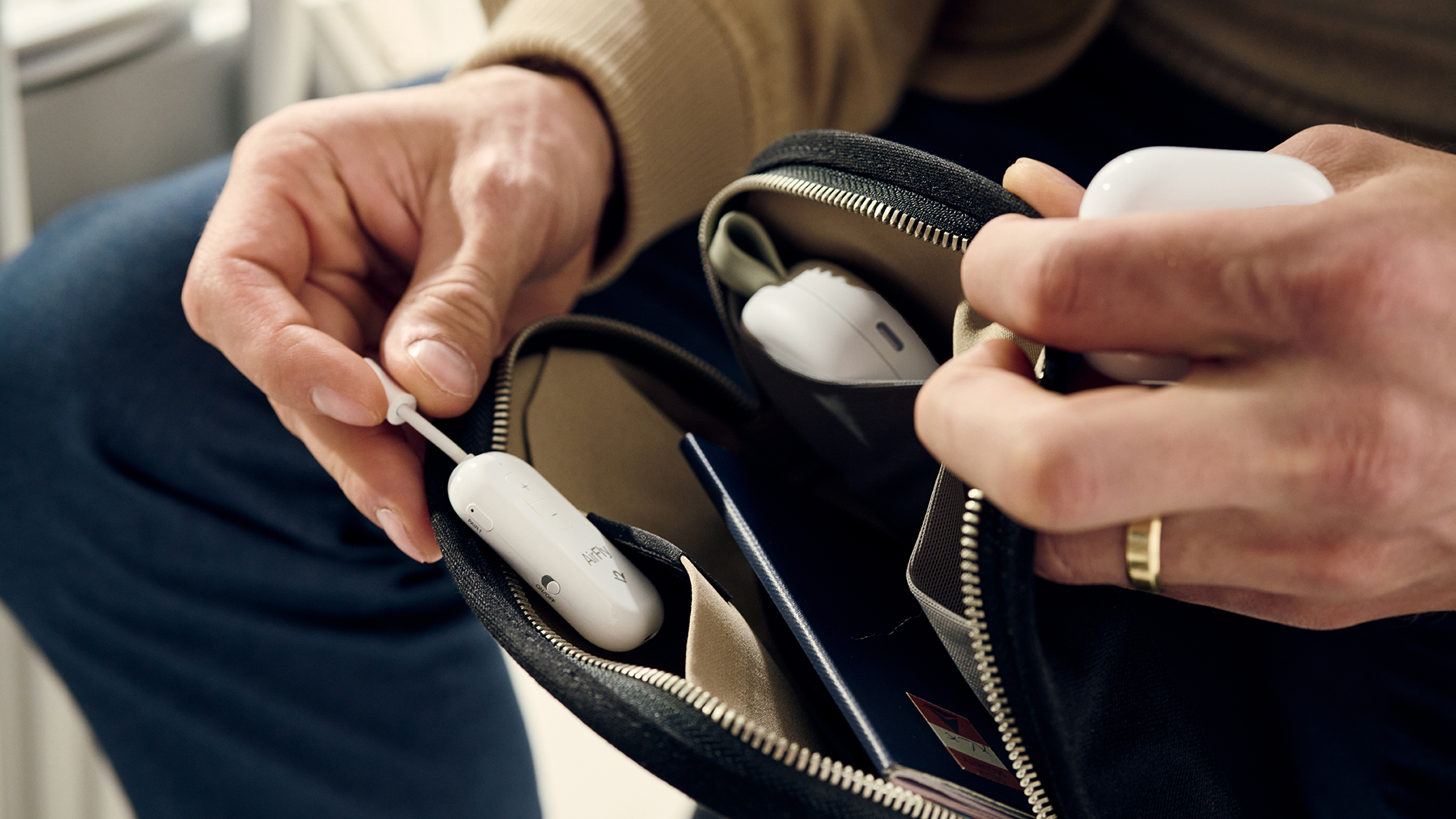

Aren’t earbuds brilliant? They sound fantastic, their batteries last for ages and if they have active noise cancelling you can shut out the outside world altogether. But while they’re made primarily for music, podcasts and phone calls, they’re capable of so much more – and as in-ear tech gets smarter and smarter, they could become even more essential. Here are some of the surprising things earbuds can do.
1. Translate many languages

In The Hitch-Hiker’s Guide To The Galaxy, the Babel Fish is a creature that you can put in your ear to get instant translation of aliens’ speech. And some earbuds are trying to turn fiction into fact by offering real-time translation right there in your earbuds. Google’s Pixel Buds 2 have it via the Google Translate app, and it works better than in the first generation – although it’s still best suited to translating simple phrases rather than full conversations. But clearly, the Babel Fish is coming.
2. Tell you if you’ve got them in properly

With in-ear headphones, fit isn’t just about comfort. It has a huge effect on the sound quality too. If the tips don’t fit properly, you won’t get a proper seal between them and your ear – and that means you’ll miss out on some of the sound, especially the bass, as well as reduce the effectiveness of active noise cancelling.
That’s why some earbuds, such as the Samsung Galaxy Buds 2 and Apple’s AirPods Pro, can analyse your ears to make sure you’ve got the right tip for your ear canal. They do this by playing a sound and analysing what bounces back, comparing the sound level they hear with the sound level the driver is emitting. If the difference is too much, they’ll advise you to use a different tip and try the test again.
3 Remind you where you left them

Earbuds such as the Samsung Galaxy Buds and Apple’s various AirPods are easily misplaced – but they’re also easily found again, because many such earbuds include location tracking: think Tile tags or AirTags but much, much smaller and embedded in each earbud. As long as you’re in Bluetooth range you’ll be able to track their location and return them to their rightful place in your ears.
4 Take your pulse

We don’t tend to think of earbuds as wearable tech, but of course they are – and that means you can add extra sensors to do useful things, such as monitor your heart rate. That’s exactly what models such as the Bose SoundSport Pulse, Amazfit PowerBuds, Jabra Elite Sport Earbuds and Philips ActionFit SN503 do.
It’s not actually a new idea. Intel were experimenting with this back in 2014, and they were doing it with 50 Cent: the rapper’s name was attached to the SMS Audio BioSport In-Ear headphones, which promised to come with software that could adjust the pace of the music based on your heart rate – although while the headphones shipped and are still on sale now, the software never did.
Sign up to the T3 newsletter for smarter living straight to your inbox
Get all the latest news, reviews, deals and buying guides on gorgeous tech, home and active products from the T3 experts
5 Help you hear better
Of course, there is not a world of difference between true wireless earbuds and a hearing aid, in terms of design and the technology inside. Bose was early to this one with its “hearphones”, which it sold from 2017 to 2020. The line between earbuds and high performance hearing aids is getting very blurry, which is good news for those of us who love music so much we’ve lost some of our hearing from spending too much time in the bass bins at gigs.
The same kind of technology that delivers active noise cancelling can also help isolate and amplify speech. Apple’s AirPods Pro do this in a particularly clever way, using computational audio to identify which direction you’re facing and using that to identify which voice to focus on.
6 Detect if you’re stressed
This one’s a patent rather than a shipping product, but Apple has been experimenting with earbud sensors that measure the galvanic skin response (GSR) of the wearer, which can help identify whether or not you’re stressed, as well as sensors for heart rate, electrocardiogram (EKG), impedance cardiography (ICG) and your respiratory rate. It’s worth keeping an eye on the Apple Watch of today to see what might end up in the AirPods of tomorrow.
Writer, musician and broadcaster Carrie Marshall has been covering technology since 1998 and is particularly interested in how tech can help us live our best lives. Her CV is a who’s who of magazines, newspapers, websites and radio programmes ranging from T3, Techradar and MacFormat to the BBC, Sunday Post and People’s Friend. Carrie has written more than a dozen books, ghost-wrote two more and co-wrote seven more books and a Radio 2 documentary series; her memoir, Carrie Kills A Man, was shortlisted for the British Book Awards. When she’s not scribbling, Carrie is the singer in Glaswegian rock band Unquiet Mind (unquietmindmusic).
-
 The 7 luxury travel items I won't leave home without – and why you shouldn't either
The 7 luxury travel items I won't leave home without – and why you shouldn't eitherI've flown for many hundreds of hours – and know these luxury travel items will improve your journey
By Mike Lowe
-
 Coleman takes on YETI with lighter, tougher and cheaper Pro Cooler range
Coleman takes on YETI with lighter, tougher and cheaper Pro Cooler rangeMove over, YETI – there’s a new cooler in town, and it's not here to play nice
By Matt Kollat